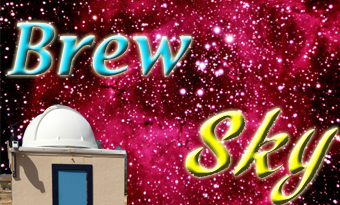
Click image to see full size
| Common Name |
Crystal Ball Nebula |
| Formal Name |
NGC 1514 |
| Date |
1/1/2014 |
| Constellation |
Taurus |
| Location |
BrewSky Observatory, Casa Grande, AZ |
| Equipment |
Celestron Edge 11 on Paramount, SBig STF8300M Camera/Filter Wheel/STi guider |
| Temperature |
−20°C |
| Exposures |
| # |
Exp (sec) |
Filter |
Bin |
Net Time (hr) |
| 15 |
600 |
Red |
2x2 |
2.5 |
| 10 |
600 |
Green |
2x2 |
1.7 |
| 15 |
600 |
Blue |
2x2 |
2.5 |
| 9 |
600 |
HAlpha (Red) |
2x2 |
1.5 |
| 6 |
600 |
OIII (Blue) |
2x2 |
1.0 |
|
|
|
|
|
|
|
|
|
|
|
|
Total |
|
9.0 hrs |
|
| Processing |
Reduced in Maxim, Aligned/Stacked/Processed in PixInsight.
This version uses only HAlpha-Green-Oiii exposures in the RGB channels. (Synthetic Lum by integrating RGB) |
| Notes |
- Distance 2200 lyr
- The estimated expansion rate of NGC 1514 is 25 km/s.
- Astronomers have proposed that the nebula surrounds a binary star in a close orbit with a period of 4 to 9 days. The larger primary component in the system is believed to be the source of the expanding gas. A study published in 2003 suggests that the initial mass of the progenitor star was 4.5 solar masses and that the nebula is a product of a common envelope, which forms in close interacting binary systems if there is mass transfer from the primary to the secondary star.
- The Crystal Ball Nebula was discovered in November 1790 by William Herschel, the astronomer who had previously coined the term 'planetary nebulae' to describe similar deep sky objects with circular shapes resembling those of planets. Before the discovery of NGC 1514, Herschel had believed that nebulae were really densely grouped stars too distant to be resolved in a telescope. NGC 1514 made him rethink his beliefs. He described the nebula as a 'most singular phaenomenon', noting that 'the nebulosity about the star is not of a starry nature.'
www.constellation-guide.com
|

